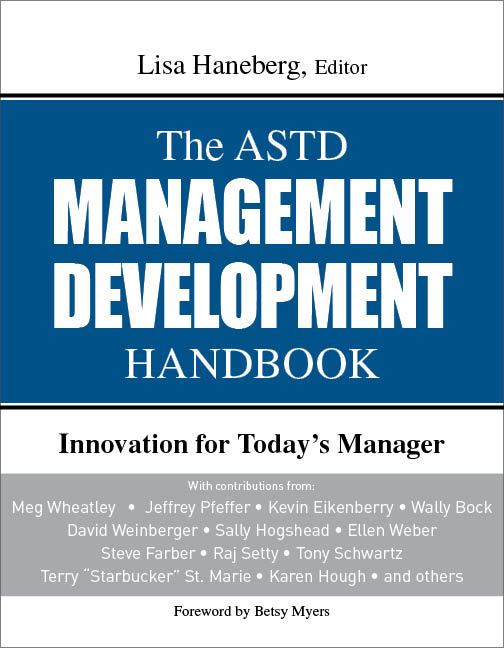The two biggest problems faced by most executives are –
- Defining roles and finding people to fill those roles.
- Defining the working relationships for those roles, or structure.
That is why I wrote Hiring Talent and Outbound Air.

Hiring Talent
Most managers are not very good at hiring. They don’t practice enough to get good at it. They don’t prepare for it. They fall into traps, make the hiring decision too quickly, based on emotion. And the cost is huge. If a manager does this job well, life is wonderful. If a manager does this job poorly, life is miserable and for a very long time.

Outbound Air
As we define roles for people to play, how do we define the working relationships between those roles. It’s all about structure. Structure is the context in which people work. Structure drives culture. Most org charts are full of lines and boxes. Some of the lines are solid, some are dotted. We have an intuitive feel for how we want people to work together, but there is actually a science to it. Outbound Air is a business novel that chronicles how organizations grow and mature. Everyone wants to take their company to the next level, but few have a clue what the next level is. Everything we know about organizational structure and levels of work rests on the research illustrated in Outbound Air.
